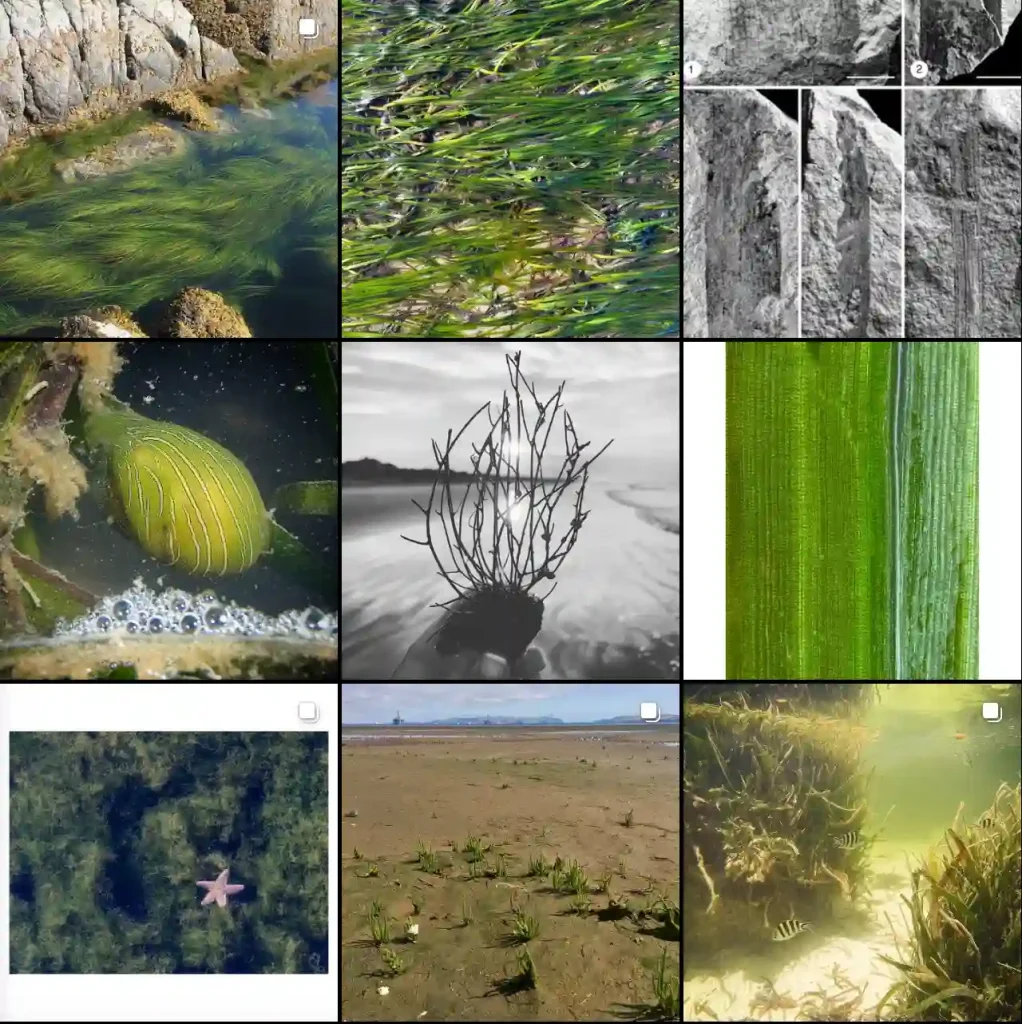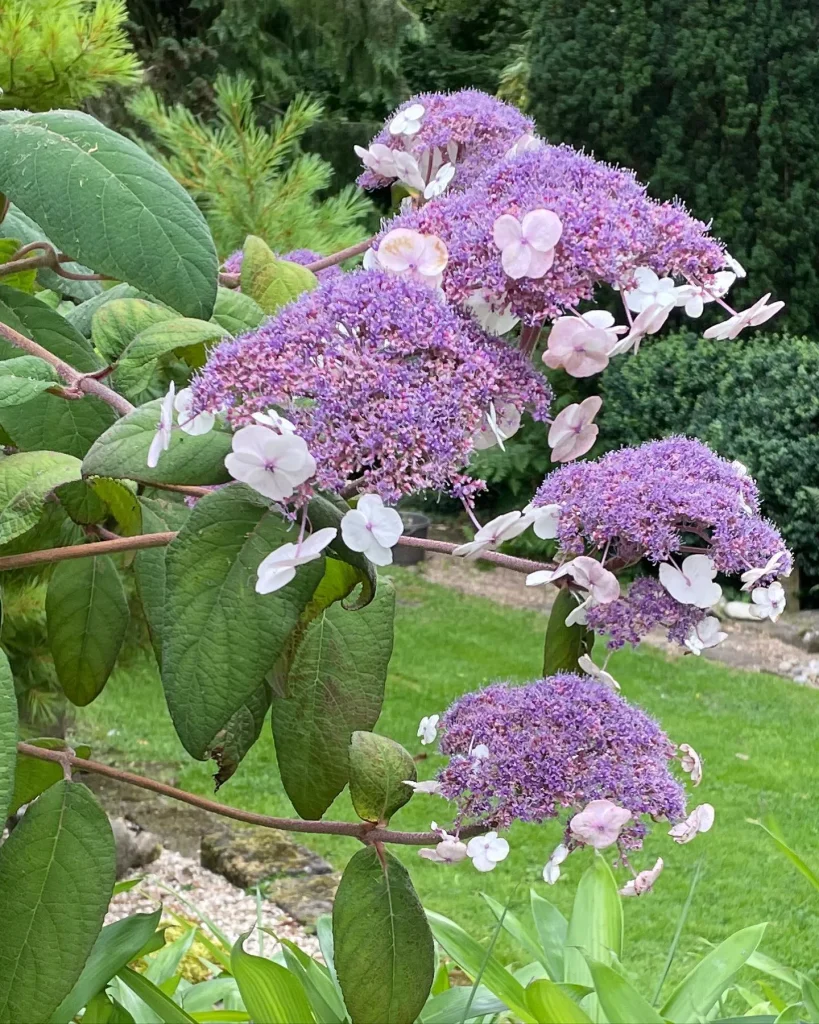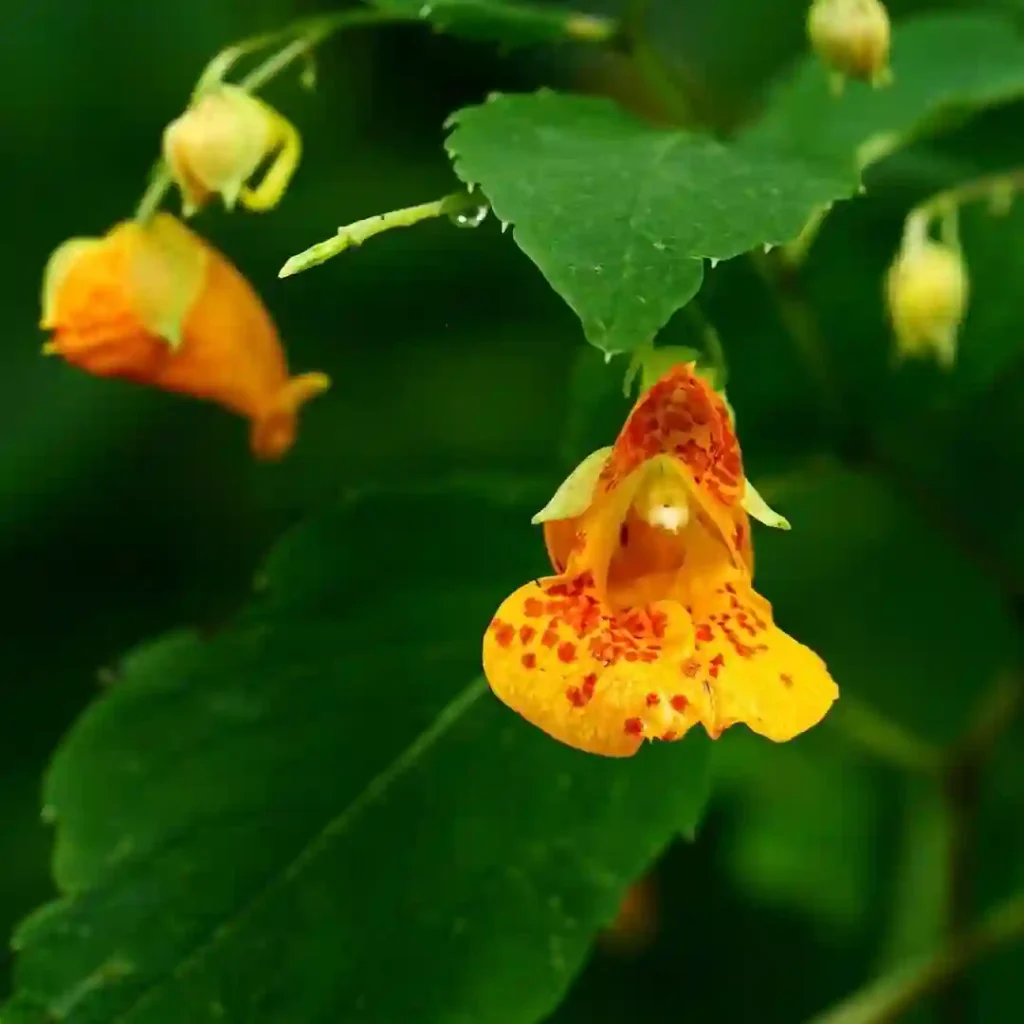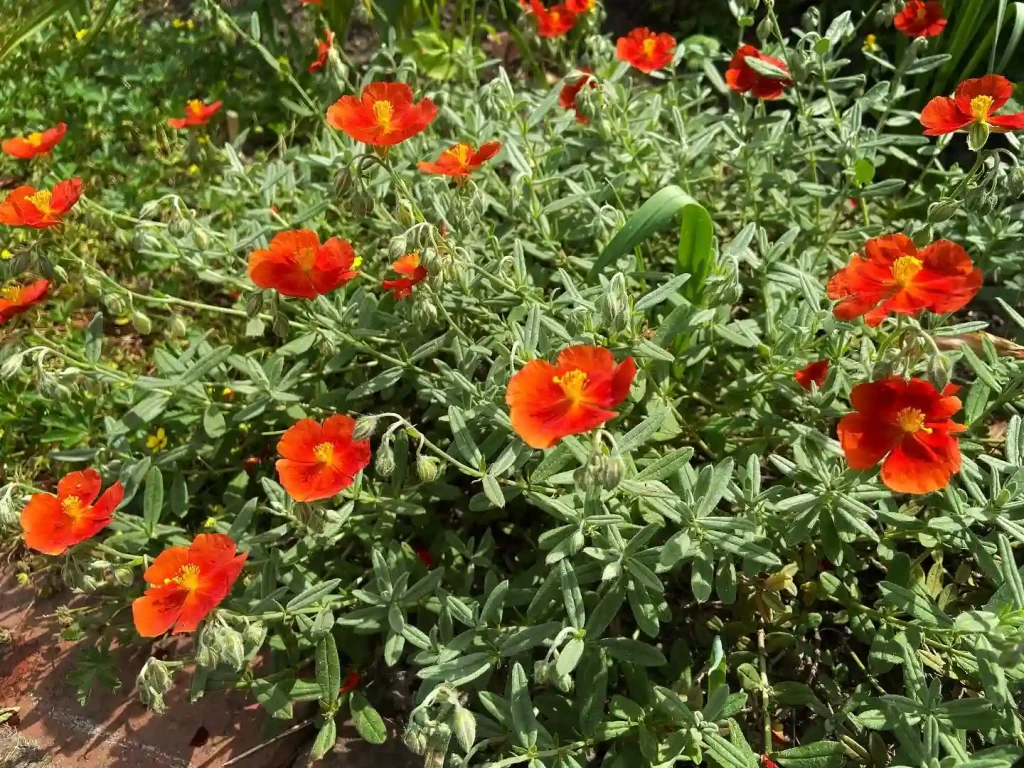
Lobelia Cardinalis Aquarium Mini vs Regular
When I grew Lobelia Cardinalis Aquarium Mini, I noticed it was much more compact and manageable in smaller aquariums compared to the regular Lobelia Cardinalis, which spread out more aggressively and needed a lot more pruning.
443 Species in Genus Lobelia
Lobelia Cardinalis vs Siphilitica
Between Lobelia Cardinalis and Siphilitica, I’ve found that the Cardinalis has a more vibrant red bloom that really stands out in my garden, while Siphilitica’s blue flowers add a calming contrast and seem to thrive better in shadier spots.
How to grow lobelia cardinalis?
Growing lobelia cardinalis has been a learning process for me. I started by planting it in rich, moist soil and making sure it gets plenty of sunlight but not too much direct heat. I also kept the soil consistently damp but not waterlogged, as it doesn’t like its roots sitting in water. It took some trial and error to find the right balance, but once it started growing, it really took off.
How to care for lobelia cardinalis?
Caring for lobelia cardinalis has become a regular part of my gardening routine. I make sure to keep the soil consistently moist, especially during dry spells, and I fertilize it every few weeks during the growing season to keep it healthy and vibrant. I also keep an eye out for any signs of pests or disease and address them promptly to prevent any serious damage.
How to propagate lobelia cardinalis?
Propagating lobelia cardinalis has been a fun experiment for me. I’ve successfully propagated it through division and stem cuttings. For division, I carefully dug up mature plants and separated the clumps into smaller sections, making sure each section had some roots attached. For stem cuttings, I took 4-6 inch cuttings from healthy plants, removed the lower leaves, and placed them in water until they developed roots before planting them in soil.
Is lobelia cardinalis a perennial?
Yes, lobelia cardinalis is a perennial plant, meaning it comes back year after year. It’s one of the reasons I love growing it in my garden – I don’t have to replant it every season, and it reliably adds beautiful color and texture to my landscape.
Is lobelia cardinalis deer resistant?
Unfortunately, lobelia cardinalis is not deer resistant in my experience. I’ve had issues with deer nibbling on it in my garden, especially when other food sources are scarce. To protect it, I’ve tried using deer repellents and fencing off the area, but it can still be a challenge to keep them at bay.
When to cut back lobelia cardinalis?
I’ve found that cutting back lobelia cardinalis after the blooming period helps keep it tidy and encourages new growth. I usually wait until the flowers have faded and the plant starts to look a bit leggy, then I trim it back by about half to promote bushier growth and more blooms later in the season.
Where to buy lobelia cardinalis?
I’ve purchased lobelia cardinalis from various local nurseries and garden centers, as well as online plant retailers. I always make sure to choose healthy-looking plants with strong stems and vibrant foliage to ensure success in my garden.
How to deadhead lobelia cardinalis?
Deadheading lobelia cardinalis is a simple task that I regularly perform to encourage continuous blooming. After the flowers start to fade, I simply pinch off the spent blooms with my fingers or use scissors to snip them off just above a set of leaves. This prevents the plant from putting energy into seed production and encourages it to produce more flowers.
What is eating my lobelia cardinalis?
Several pests have enjoyed munching on my lobelia cardinalis, including slugs, snails, and aphids. I’ve had to regularly inspect my plants for signs of these pests and take appropriate measures to control them, such as handpicking, using organic insecticides, or introducing natural predators like ladybugs.
Are lobelia cardinalis and lobelia blue related?
Lobelia cardinalis and lobelia blue are indeed related, both belonging to the same genus, Lobelia. However, they are different species with their own unique characteristics and growing requirements. While lobelia blue (Lobelia Erinus) is often grown as an annual bedding plant, lobelia cardinalis (Lobelia Cardinalis) is a perennial native to North America, prized for its striking red flowers and attractive foliage.
Are lobelia cardinalis pernals?
Yes, lobelia cardinalis is a perennial plant, meaning it returns year after year. It’s a great choice for gardeners looking to add long-lasting color and interest to their landscape without the hassle of replanting annually.
Can lobelia cardinalis float?
No, lobelia cardinalis cannot float. It’s a rooted aquatic plant that typically grows submerged or partially submerged in water, anchoring itself to the substrate with its roots. While it may tolerate being temporarily uprooted or floating in water, it’s not adapted for long-term floating like some other aquatic plants.
Does lobelia cardinalis retain its color in aquarium?
Yes, lobelia cardinalis can retain its vibrant color in an aquarium under the right conditions. When provided with adequate lighting, nutrient-rich substrate, and CO2 supplementation, lobelia cardinalis can thrive in an aquarium environment, maintaining its bright green foliage and producing occasional red or purple flowers.
How was lobelia cardinalis discovered?
Lobelia cardinalis was discovered by European botanists in the 17th century during their explorations of North America. Its striking red flowers and attractive foliage quickly captured the interest of gardeners and plant enthusiasts, leading to its introduction into cultivation as a popular ornamental plant.
When does lobelia cardinalis bloom?
Lobelia cardinalis typically blooms in late summer to early fall, producing tall spikes adorned with clusters of vibrant red flowers. However, blooming times can vary depending on factors such as climate, growing conditions, and individual plant health.
Why did my lobelia cardinalis die?
There could be several reasons why your lobelia cardinalis died. It may have been due to environmental stressors such as extreme temperatures, drought, or waterlogging, as lobelia cardinalis prefers consistently moist but well-draining soil. Pests or diseases could also have played a role, so it’s essential to inspect your plants regularly for signs of trouble and address any issues promptly to prevent further damage or loss.
If i die, water my plants!



